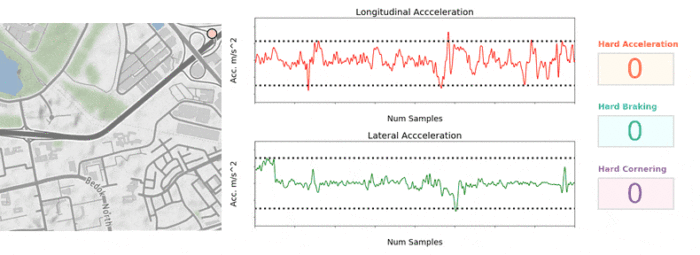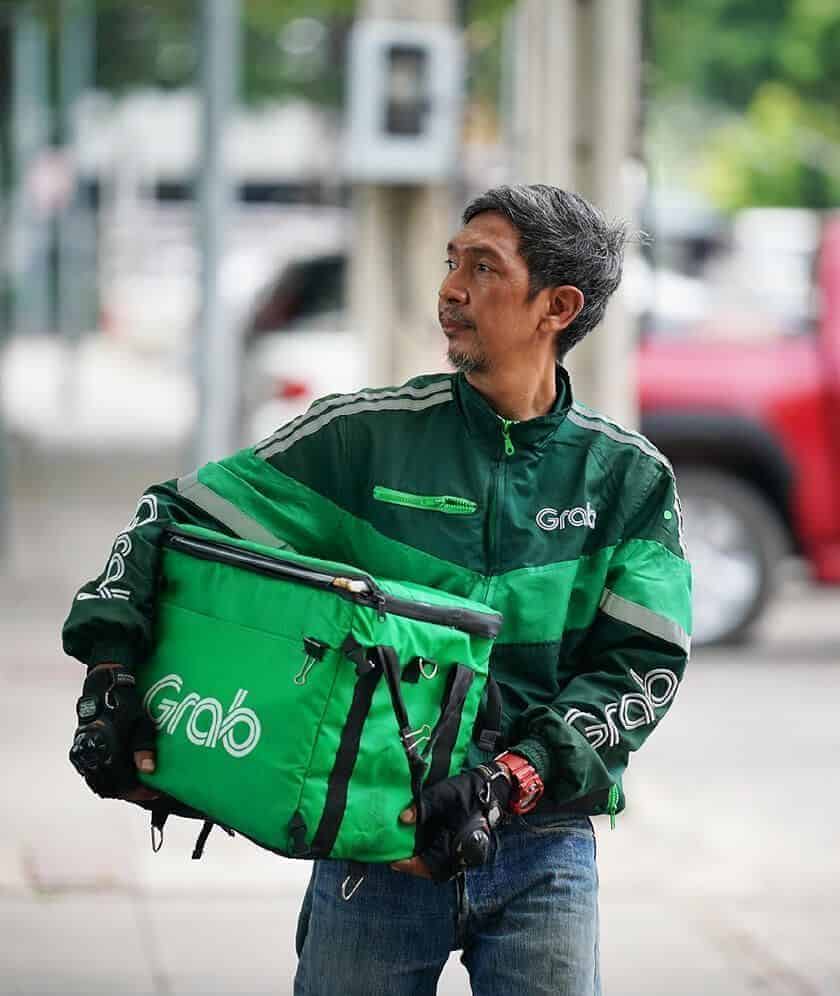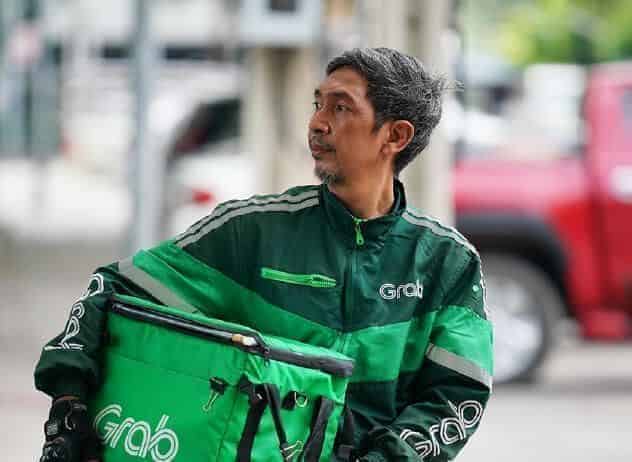Updated: July 12, 2023
In the Asia-Pacific region, there are around 645,000 road accident fatalities every year. Of these, more than half of these deaths are among vulnerable road users—pedestrians, cyclists, and motorcyclists.
We know that defensive driving skills and safe driving habits can go a long way to helping drivers. Plus, safe driving reduces the chances of collisions, and can save on extra fuel costs from harsh acceleration and vehicle maintenance costs from treating the vehicle poorly.
With five million registered driver-partners on Grab to serve, we’ve developed technologies to improve driver safety on our network.
Detecting driving behaviour with drivers’ phones
It’s not sufficient only relying on passengers reporting any instances of unsafe driving by our driver-partners.
To get an objective and exact view of the ride, we want to be “in” the car via our driver app. This helps us detect unsafe driving behaviour and provide alerts before an incident or accident occurs.

Our driver app reads the sensors and telemetry data within the mobile devices itself to analyse driving conduct and provide a comprehensive driving safety report to the driver.
We can utilise the mobile devices our drivers and delivery partners are already on.
This means we can utilise the mobile devices our drivers and delivery partners are already on. This saves cost on equipping them with standalone hardware, and ensures far broader coverage because we’re already in every driver’s hand.
Inside what the app sees
During the ride, the Grab app sees the ride in 3D. During a drive, the Grab app collects mobile sensor data, such as accelerator, gyroscope, and GPS data from mobile devices.
This information lets vehicle telematics detect driving habits such as harsh braking, acceleration, cornering, and unsafe lane changes.
The Grab app sees the ride in 3D
Our system is able to account for variations in vehicle types, sensor chipsets, data quality, and mobile device orientations. For example, driving behaviour will differ in a two-wheel versus a four-wheel vehicle, so we adjust for the difference.
Sensor data collected from two-wheelers, such as motorcycles, also tends to be “noisier” due to those vehicles registering more bumps along the road.
Other factors such as having the phone in the driver’s pocket while moving, can also make the sensor capture additional movement data. Our vehicle telematics algorithm takes this into account and employs different tactics to smooth out these abberations.

Three separate sensors capture GPS, accelerometer, and gyroscope readings, and puts these on a single timeline for visualisation.
To make the record more accurate, we layer this telematics data over other data from the phone’s GPS and GrabMaps. These records also help us to identify locations where unsafe driving conduct and accidents tend to occur, so we can send proactive alerts to drivers ahead of time.
Finally, we compile these unsafe driving instances into a report, to provide actionable insights that help our driver-partners improve their driving behaviour. This personalised report is updated daily, and our partners can access theirs via the driver profile page on the Grab driver app.
(Read more: Two-wheel driver-partners now have a better safety report in their apps)
What’s coming next
The team is looking into ways to use mobile sensor data to detect poor road conditions, traffic diversions, and other roadside distractions that can make a ride unsafe.
We’re also adding speeding alerts and fatigue nudges to drivers if we’ve detected that they’re been on the road for a long time without a break.
Those updates are coming soon to the Grab driver app.
3 Media Close,
Singapore 138498
Komsan Chiyadis
GrabFood delivery-partner, Thailand
COVID-19 has dealt an unprecedented blow to the tourism industry, affecting the livelihoods of millions of workers. One of them was Komsan, an assistant chef in a luxury hotel based in the Srinakarin area.
As the number of tourists at the hotel plunged, he decided to sign up as a GrabFood delivery-partner to earn an alternative income. Soon after, the hotel ceased operations.
Komsan has viewed this change through an optimistic lens, calling it the perfect opportunity for him to embark on a fresh journey after his previous job. Aside from GrabFood deliveries, he now also picks up GrabExpress jobs. It can get tiring, having to shuttle between different locations, but Komsan finds it exciting. And mostly, he’s glad to get his income back on track.

